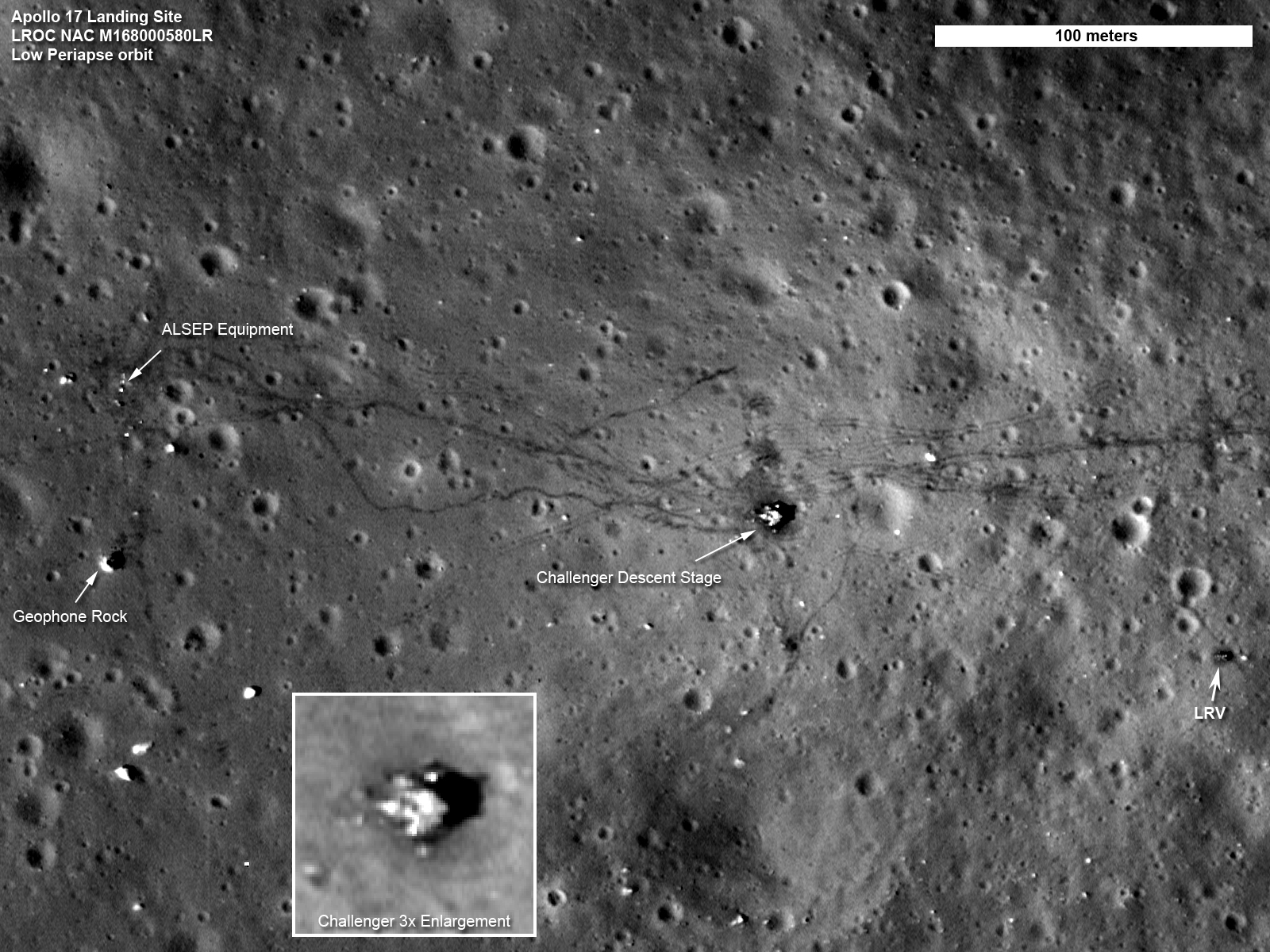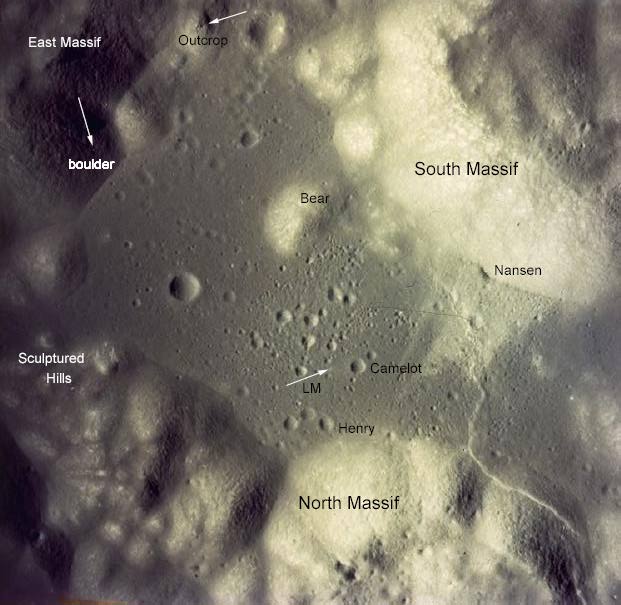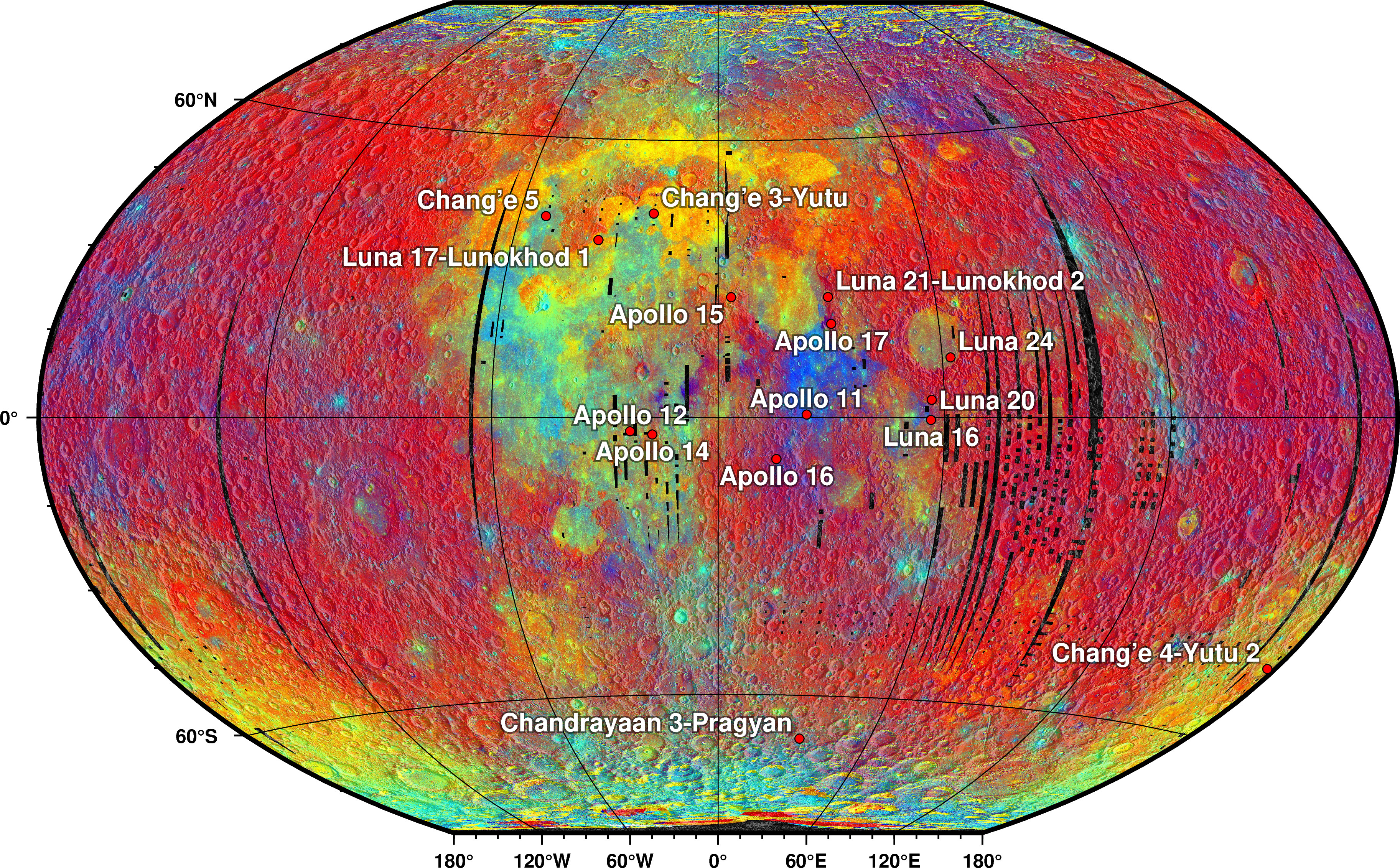|
PTScientists
Planetary Transportation Systems (PTS), formerly known as PTScientists and Part-Time Scientists, is a Berlin-based aerospace company. They developed the robotic lunar lander "ALINA" and seek to land on the Moon with it. They became the first German team to officially enter the Google Lunar X-Prize competition on June 24, 2009, but failed to reach the finals in 2017 for lack of a launch contract. During the summer of 2019, the company filed for bankruptcy, and the ALINA project was put on hold. In July 2021, PTS was selected with ArianeGroup to build ESA's ASTRIS kick-stage. PTScientists GmbH ''PTScientists GmbH'' is the company representing the team competing at the Google Lunar X-Prize. The company opened offices in Berlin-Mahlsdorf in 2015. It sells payload for the Moon mission to individuals, organizations and companies. The cost for one kilogram of payload is between €700,000 and €800,000. [...More Info...] [...Related Items...] OR: [Wikipedia] [Google] [Baidu] |
Google Lunar X-Prize
The Google Lunar XPRIZE (GLXP), sometimes referred to as Moon 2.0, was a 2007–2018 inducement prize space competition organized by the X Prize Foundation, and sponsored by Google. The challenge called for privately funded teams to be the first to land a lunar rover on the Moon, travel 500 meters, and transmit back to Earth high-definition video and images. The original deadline was the end of 2014, with enhanced prize money for a landing by 2012. In 2015, XPRIZE announced that the competition deadline would be extended to December 2017 if at least one team could secure a verified launch contract by 31 December 2015. Two teams secured such a launch contract, and the deadline was extended. In August 2017, the deadline was extended again, to 31 March 2018. Entering 2018, five teams remained in the competition: SpaceIL, Moon Express, Synergy Moon, Team Indus, and Team Hakuto, having secured verified launch contracts with Spaceflight Industries, Rocket Lab, Interorbital S ... [...More Info...] [...Related Items...] OR: [Wikipedia] [Google] [Baidu] |
Apollo 17
Apollo 17 (December 7–19, 1972) was the final mission of NASA's Apollo program, the most recent time humans have set foot on the Moon or traveled beyond low Earth orbit. Commander Gene Cernan and Lunar Module Pilot Harrison Schmitt walked on the Moon, while Command Module Pilot Ronald Evans (astronaut), Ronald Evans orbited above. Schmitt was the only professional geologist to land on the Moon; he was selected in place of Joe Engle, as NASA had been under pressure to send a scientist to the Moon. The mission's heavy emphasis on science meant the inclusion of a number of new experiments, including a Fe, Fi, Fo, Fum, and Phooey, biological experiment containing five mice that was carried in the command module. Mission planners had two primary goals in deciding on the landing site: to sample Lunar highlands, lunar highland material older than that at Mare Imbrium and to investigate the possibility of relatively recent Volcano, volcanic activity. They therefore selected Taurus– ... [...More Info...] [...Related Items...] OR: [Wikipedia] [Google] [Baidu] |
Taurus–Littrow
Taurus–Littrow is a lunar valley located on the near side at the coordinates . It served as the landing site for the American Apollo 17 mission in December 1972, the last crewed mission to the Moon. The valley is located on the southeastern edge of Mare Serenitatis along a ring of mountains formed between 3.8 and 3.9 billion years ago when a large object impacted the Moon, forming the Serenitatis basin and pushing rock outward and upward. Taurus–Littrow is located in the Taurus mountain range and south of Littrow crater, features from which the valley received its name. The valley's name, coined by the Apollo 17 crew, was approved by the International Astronomical Union in 1973. Data collected during Apollo 17 indicate that the valley is composed primarily of feldspar-rich breccia in the large massifs surrounding the valley and basalt underlying the valley floor, covered by an unconsolidated layer of mixed material formed by various geologic events. Taurus–Littrow was ... [...More Info...] [...Related Items...] OR: [Wikipedia] [Google] [Baidu] |
Lunar Rover
A lunar rover or Moon rover is a space exploration vehicle designed to move across the surface of the Moon. The Apollo Program's Lunar Roving Vehicle was driven on the Moon by members of three American crews, Apollo 15, 16, and 17. Other rovers have been partially or fully autonomous robots, such as the Soviet Union's Lunokhods and the Chinese '' Yutus''. Three countries have had operating rovers on the Moon: the Soviet Union, the United States and China. An Indian mission failed while Japan and Greece currently have planned missions. Past missions Lunokhod 1 Lunokhod 1 (Луноход) was the first of two polycrystalline-panel-powered robotic lunar rovers landed on the Moon by the Soviet Union as part of its Lunokhod program after a previous unsuccessful attempt of a launch probe with Lunokhod 0 (No.201) in 1969. The spacecraft which carried Lunokhod 1 was named Luna 17. The spacecraft soft-landed on the Moon in the Sea of Rains on November 1970. Lunokhod was the first ... [...More Info...] [...Related Items...] OR: [Wikipedia] [Google] [Baidu] |
Aerospace
Aerospace is a term used to collectively refer to the atmosphere and outer space. Aerospace activity is very diverse, with a multitude of commercial, industrial and military applications. Aerospace engineering consists of aeronautics and astronautics. Aerospace organizations research, design, manufacture, operate, or maintain both aircraft and spacecraft. The beginning of space and the ending of the air is considered as 100 km (62 mi) above the ground according to the physical explanation that the air pressure is too low for a lifting body to generate meaningful lift force without exceeding orbital velocity. Overview In most industrial countries, the aerospace industry is a cooperation of the public and private sectors. For example, several states have a civilian space program funded by the government, such as NASA, National Aeronautics and Space Administration in the United States, European Space Agency in Europe, the Canadian Space Agency in Canada, Indian Space Re ... [...More Info...] [...Related Items...] OR: [Wikipedia] [Google] [Baidu] |
Eugene Cernan
Eugene Andrew Cernan (; March 14, 1934 – January 16, 2017) was an American astronaut, naval aviator, electrical engineer, aeronautical engineer, and fighter pilot. During the Apollo 17 mission, Cernan became the eleventh human being to walk on the Moon. As he re-entered the Apollo Lunar Module after Harrison Schmitt on their third and final lunar excursion, he remains as of 2022, famously: "The last man on the Moon". Before becoming an astronaut, Cernan graduated with a Bachelor of Science degree in electrical engineering from Purdue University and joined the U.S. Navy through the Naval Reserve Officers Training Corps (NROTC). After flight training, he received his naval aviator wings and served as a fighter pilot. In 1963, he received a Master of Science degree in aeronautical engineering from the U.S. Naval Postgraduate School. Achieving the rank of captain, he retired from the Navy in 1976. Cernan traveled into space three times and to the Moon twice: as pilot of ... [...More Info...] [...Related Items...] OR: [Wikipedia] [Google] [Baidu] |
NASA
The National Aeronautics and Space Administration (NASA ) is an independent agency of the US federal government responsible for the civil space program, aeronautics research, and space research. NASA was established in 1958, succeeding the National Advisory Committee for Aeronautics (NACA), to give the U.S. space development effort a distinctly civilian orientation, emphasizing peaceful applications in space science. NASA has since led most American space exploration, including Project Mercury, Project Gemini, the 1968-1972 Apollo Moon landing missions, the Skylab space station, and the Space Shuttle. NASA supports the International Space Station and oversees the development of the Orion spacecraft and the Space Launch System for the crewed lunar Artemis program, Commercial Crew spacecraft, and the planned Lunar Gateway space station. The agency is also responsible for the Launch Services Program, which provides oversight of launch operations and countdown management f ... [...More Info...] [...Related Items...] OR: [Wikipedia] [Google] [Baidu] |
Lunar Roving Vehicle
The Lunar Roving Vehicle (LRV) is a battery-powered four-wheeled rover used on the Moon in the last three missions of the American Apollo program ( 15, 16, and 17) during 1971 and 1972. It is popularly called the Moon buggy, a play on the term '' dune buggy''. Built by Boeing, each LRV has a mass of without payload. It could carry a maximum payload of , including two astronauts, equipment, and lunar samples, and was designed for a top speed of , although it achieved a top speed of on its last mission, Apollo 17. Each LRV was carried to the Moon folded up in the Lunar Module's Quadrant 1 Bay. After being unpacked, each was driven an average of 30 km, without major incident. These three LRVs remain on the Moon. History The concept of a lunar rover predated Apollo, with a 1952–1954 series in ''Collier's Weekly'' magazine by Wernher von Braun and others, "Man Will Conquer Space Soon!" In this, von Braun described a six-week stay on the Moon, featuring 10-ton tractor trai ... [...More Info...] [...Related Items...] OR: [Wikipedia] [Google] [Baidu] |
CubeSat
A CubeSat is a class of miniaturized satellite based around a form factor consisting of cubes. CubeSats have a mass of no more than per unit, and often use commercial off-the-shelf (COTS) components for their electronics and structure. CubeSats are put into orbit by deployers on the International Space Station, or launched as secondary payloads on a launch vehicle. , more than 1,600 CubeSats have been launched. In 1999, California Polytechnic State University (Cal Poly) professor Jordi Puig-Suari and Bob Twiggs, a professor at Stanford University Space Systems Development Laboratory, developed the CubeSat specifications to promote and develop the skills necessary for the design, manufacture, and testing of small satellites intended for low Earth orbit (LEO) that perform a number of scientific research functions and explore new space technologies. Academia accounted for the majority of CubeSat launches until 2013, when more than half of launches were for non-academic purposes, ... [...More Info...] [...Related Items...] OR: [Wikipedia] [Google] [Baidu] |
Spacecraft Attitude Control
Spacecraft attitude control is the process of controlling the orientation of a spacecraft (vehicle/satellite) with respect to an inertial frame of reference or another entity such as the celestial sphere, certain fields, and nearby objects, etc. Controlling vehicle attitude requires sensors to measure vehicle orientation, actuators to apply the torques needed to orient the vehicle to a desired attitude, and algorithms to command the actuators based on (1) sensor measurements of the current attitude and (2) specification of a desired attitude. The integrated field that studies the combination of sensors, actuators and algorithms is called guidance, navigation and control (GNC). Overview A spacecraft's attitude must typically be stabilized and controlled for a variety of reasons. It is often needed so that the spacecraft high-gain antenna may be accurately pointed to Earth for communications, so that onboard experiments may accomplish precise pointing for accurate collectio ... [...More Info...] [...Related Items...] OR: [Wikipedia] [Google] [Baidu] |
Ames Research Center
The Ames Research Center (ARC), also known as NASA Ames, is a major NASA research center at Moffett Federal Airfield in California's Silicon Valley. It was founded in 1939 as the second National Advisory Committee for Aeronautics (NACA) laboratory. That agency was dissolved and its assets and personnel transferred to the newly created National Aeronautics and Space Administration (NASA) on October 1, 1958. NASA Ames is named in honor of Joseph Sweetman Ames, a physicist and one of the founding members of NACA. At last estimate NASA Ames had over US$3 billion in capital equipment, 2,300 research personnel and a US$860 million annual budget. Ames was founded to conduct wind-tunnel research on the aerodynamics of propeller-driven aircraft; however, its role has expanded to encompass spaceflight and information technology. Ames plays a role in many NASA missions. It provides leadership in astrobiology; small satellites; robotic lunar exploration; the search for habitable planets; s ... [...More Info...] [...Related Items...] OR: [Wikipedia] [Google] [Baidu] |


.jpg)





